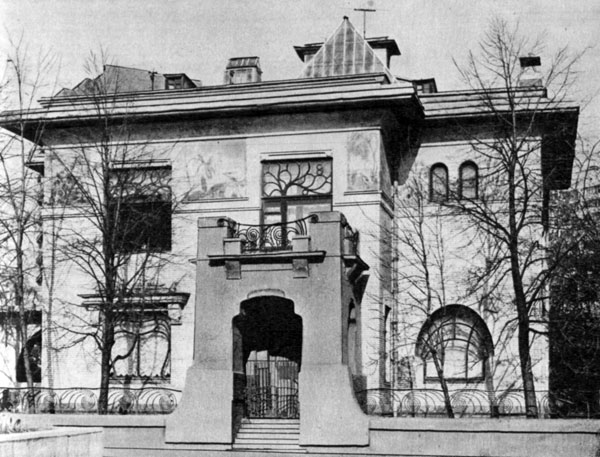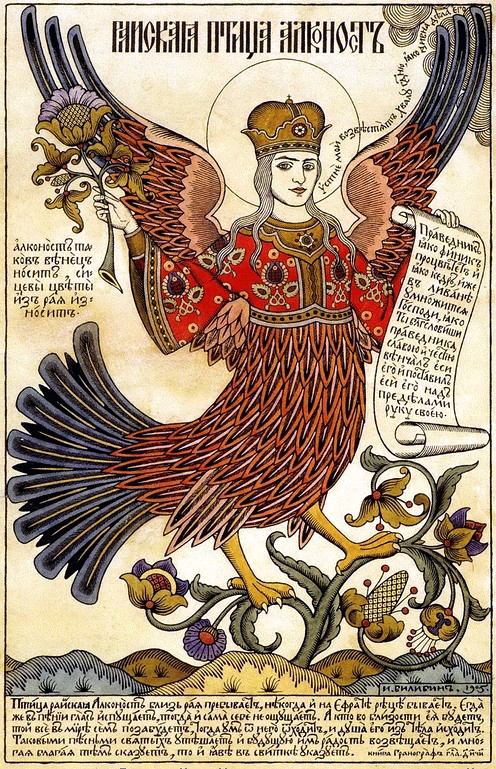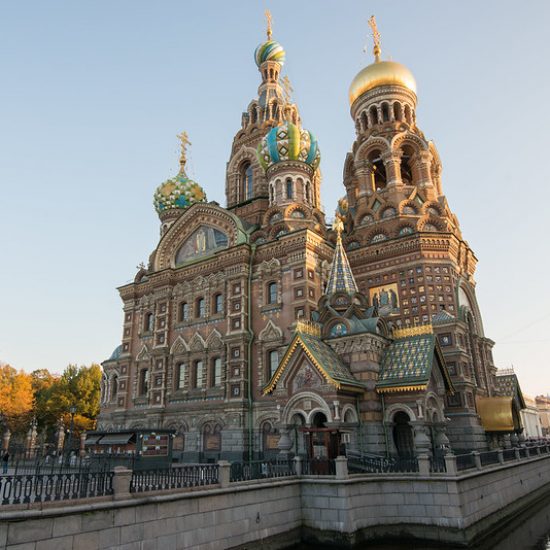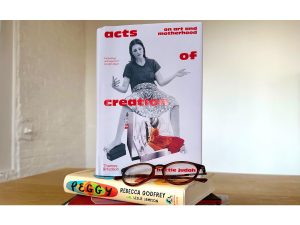Introduction to Art Nouveau in Russia
Art Nouveau, known as “Modern” in Russia, emerged as a captivating artistic movement at the turn of the 20th century. Characterized by its sinuous lines, organic forms, and intricate details, Art Nouveau sought to break away from traditional academic art, embracing a more natural and expressive aesthetic. In Russia, this movement found a unique and vibrant expression, blending Western European influences with native artistic traditions and motifs.
Russian Art Nouveau flourished in the context of rapid industrialization and a burgeoning middle class, resulting in a rich and diverse body of work. Artists and architects drew inspiration from nature, Russian folklore, and national identity, creating works that were both innovative and deeply rooted in the country’s cultural heritage. This article explores the key aspects of Art Nouveau in Russia, highlighting its architectural wonders, notable artists, and enduring legacy in the cultural landscape.
The Architectural Marvels of Russian Modern
Architecture was a central element in the development of Art Nouveau in Russia. The movement’s emphasis on organic forms and intricate details found remarkable expression in the works of prominent Russian architects. One of the most notable figures was Fyodor Shekhtel, whose designs for buildings such as the Ryabushinsky House in Moscow exemplify the fluid lines and ornate decorations characteristic of Russian Modern. Shekhtel’s works are celebrated for their innovative use of materials and their harmonious integration of art and architecture.

The Ryabushinsky House in the early 1900s
Another significant architect was Lev Kekushev, whose contributions to the movement were pivotal. Kekushev’s designs for buildings such as the Savva Morozov House in Moscow showcase his mastery of Art Nouveau principles. His buildings, with their elegant curves and floral motifs, reflect a deep appreciation for both natural forms and traditional Russian craftsmanship. These architectural achievements not only transformed the urban landscape of Russia but also set new standards for aesthetic and functional design.
The Influence of Moscow and St. Petersburg
Moscow and St. Petersburg were two key centers for the development of Art Nouveau in Russia. Moscow, known for its dynamic artistic community and progressive spirit, became a hub for architects and designers who embraced the new style. The city’s vibrant cultural scene provided fertile ground for the movement to flourish, resulting in a plethora of innovative buildings and public spaces.
St. Petersburg, with its rich cultural heritage and forward-thinking attitude, also played a significant role in the Art Nouveau movement. The city hosted numerous exhibitions and events that showcased works by leading Russian and international artists. These events were instrumental in promoting Russian Modern and fostering a spirit of experimentation and collaboration among artists and designers. The influence of Moscow and St. Petersburg extended beyond architecture to encompass various forms of visual art and design, contributing to a rich tapestry of artistic output.
Prominent Art Nouveau Artists of Russia
Art Nouveau in Russia was not limited to architecture; it also found expression in the works of numerous painters, sculptors, and graphic artists. One of the most renowned artists of the movement was Mikhail Vrubel, whose paintings and ceramics captured the essence of Russian Modern’s emphasis on beauty and nature. Vrubel’s works, characterized by their intricate details and bold contrasts, reflect a deep appreciation for both traditional Russian art and modernist principles.
Another influential figure was Ivan Bilibin, a painter and illustrator whose contributions to Art Nouveau were significant. Bilibin’s designs for books, posters, and theatrical productions, characterized by their elegant lines and harmonious compositions, helped define the visual language of Russian Modern. His work for publications such as “Mir Iskusstva” (World of Art) was particularly influential in shaping the style and direction of Russian Art Nouveau.
Decorative Arts and Design
The decorative arts played a crucial role in the Art Nouveau movement in Russia, with artisans producing stunning furniture, glassware, and ceramics. The workshops of the Abramtsevo Colony, led by figures such as Elena Polenova and Sergei Malyutin, became renowned for their innovative designs and high-quality craftsmanship. The furniture and decorative objects produced during this period, characterized by their curvilinear forms and intricate inlays, exemplified the movement’s commitment to beauty and functionality.
Glassware and ceramics also saw significant developments under the influence of Russian Modern. Artists such as Mikhail Vrubel and the workshops of the Imperial Porcelain Factory created pieces that featured flowing lines and organic motifs. These items not only enhanced the aesthetic appeal of everyday objects but also brought the spirit of Art Nouveau into the homes of ordinary Russians. The emphasis on craftsmanship and artistic integrity in these decorative arts continues to be celebrated today.
The Role of Graphic Arts and Posters
Graphic arts and posters were vital mediums for the dissemination of Art Nouveau aesthetics in Russia. Artists like Ivan Bilibin and Léon Bakst revolutionized poster design with their innovative approaches. Bilibin’s posters, often depicting dynamic scenes and elegant figures, captured the movement’s fascination with modernity and movement. His use of bold colors and dramatic compositions made his work instantly recognizable and influential.

Bilibin – Bird Alkonost, 1905
Léon Bakst, known for his striking illustrations and theatrical designs, also played a significant role in popularizing Russian Modern through his work for the Ballets Russes and various cultural events. Bakst’s designs, characterized by their elegance and sophistication, helped establish the visual identity of Russian Art Nouveau. The widespread visibility of these posters contributed to the broader public’s appreciation and recognition of the movement.
The Impact on Everyday Life
Art Nouveau’s influence permeated everyday life in Russia, extending beyond the realms of high art and architecture. The movement’s principles were applied to a wide range of everyday objects, from household items to fashion. Russian designers created textiles, wallpaper, and ceramics that featured the characteristic flowing lines and natural motifs of Russian Modern. These items brought the beauty and elegance of the movement into the homes of ordinary people.
In the realm of fashion, designers embraced the fluid forms and organic patterns of Art Nouveau. Their innovative designs broke away from the rigid silhouettes of the past, offering women more freedom of movement and expression. The influence of Art Nouveau on fashion not only transformed clothing styles but also reflected broader cultural shifts towards modernity and individuality.
Conclusion – Art Nouveau In Russia
Art Nouveau in Russia, known as Russian Modern, represents a period of remarkable artistic innovation and expression. From the architectural masterpieces of Fyodor Shekhtel and Lev Kekushev to the exquisite glasswork of Mikhail Vrubel and the iconic posters of Ivan Bilibin, the movement left an enduring legacy in the cultural landscape of Russia. The principles of Art Nouveau, with their focus on beauty, nature, and innovation, continue to inspire artists and designers today, serving as a testament to the timeless appeal of this extraordinary period in art history.
Featured image: Jorge Láscar – Church of the Saviour on Blood, Attribution (CC BY 2.0) – https://flic.kr/p/xVSwP7




